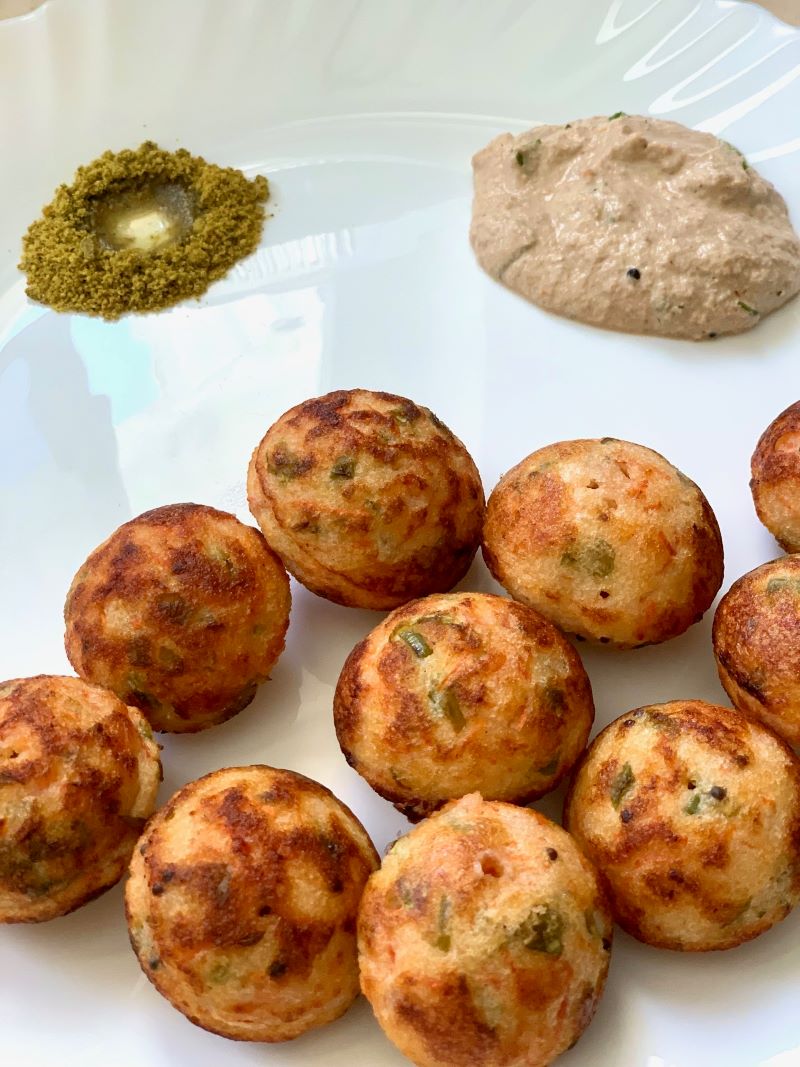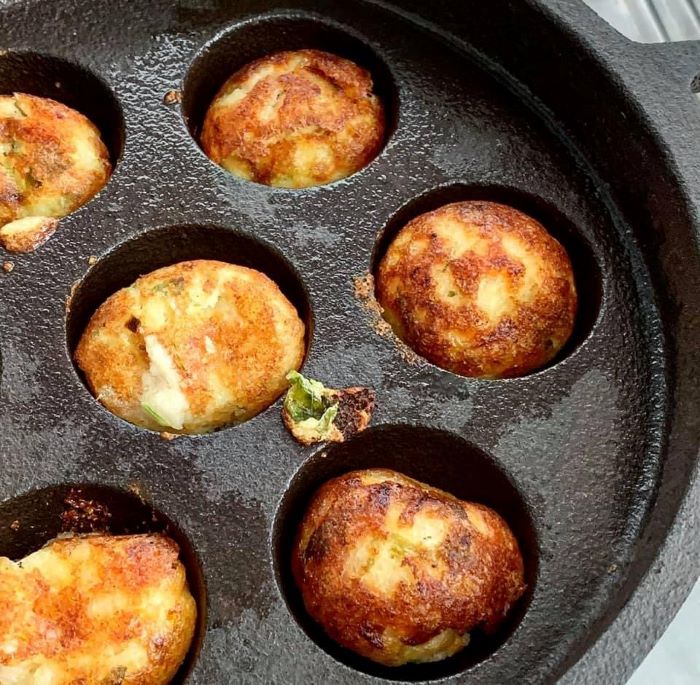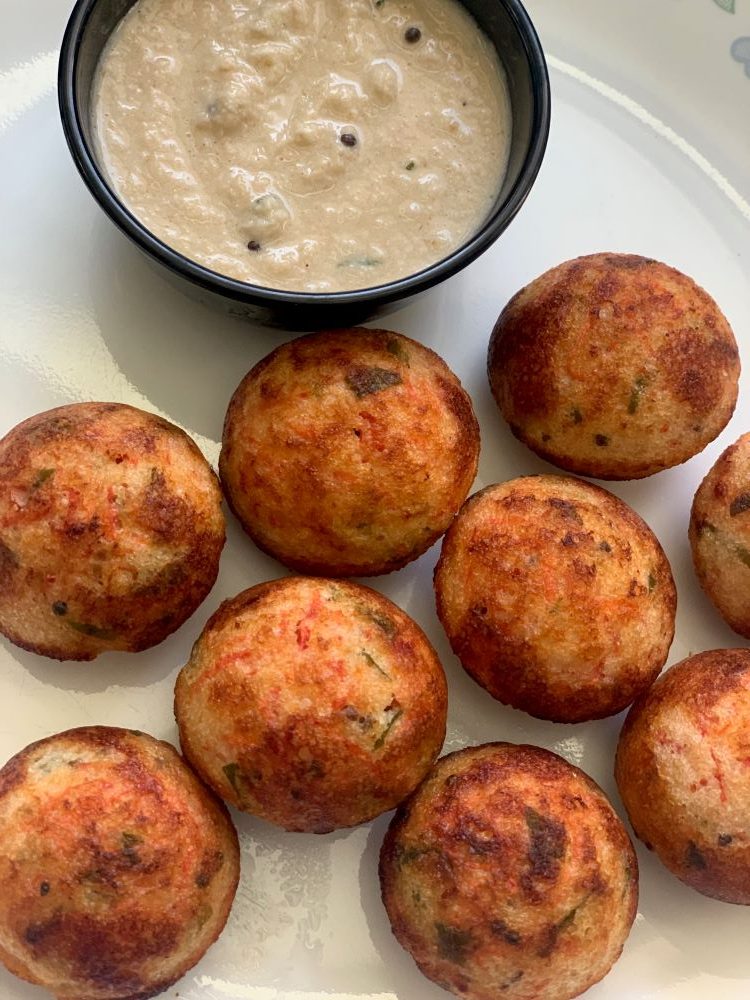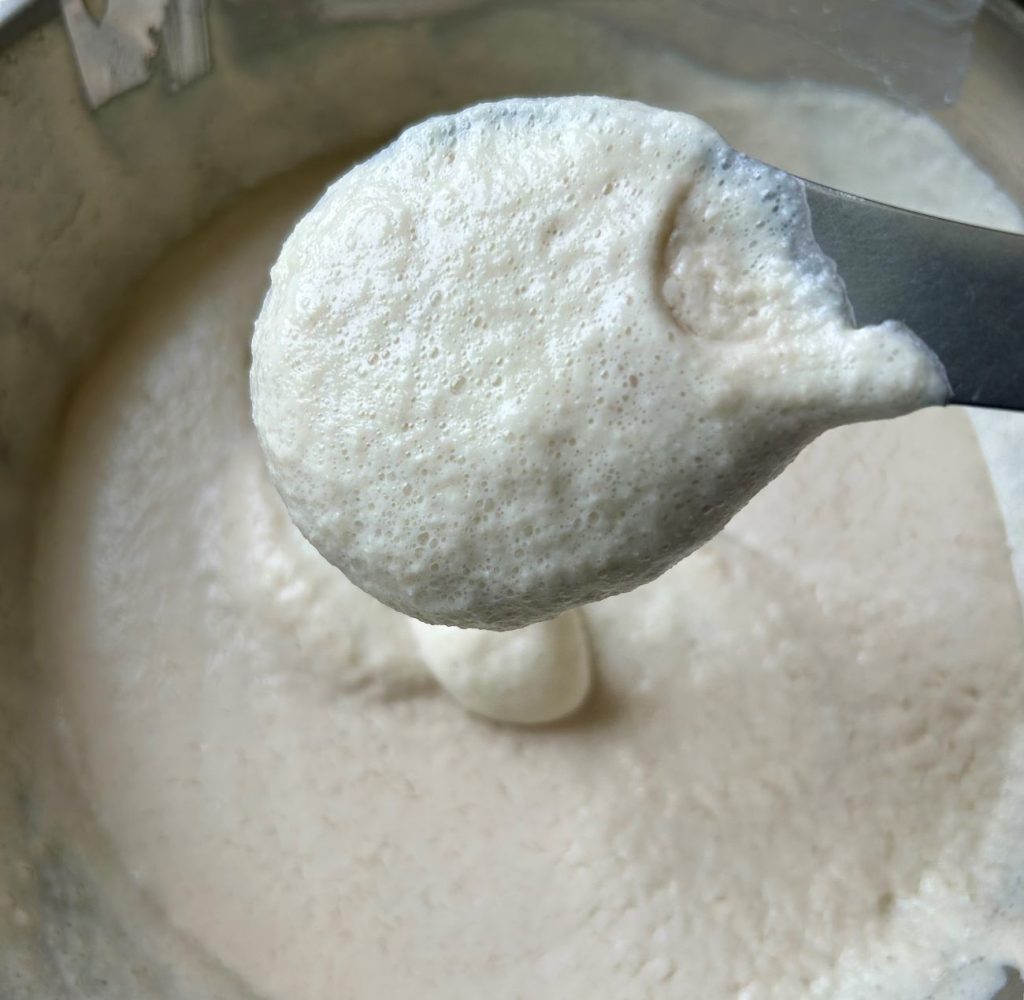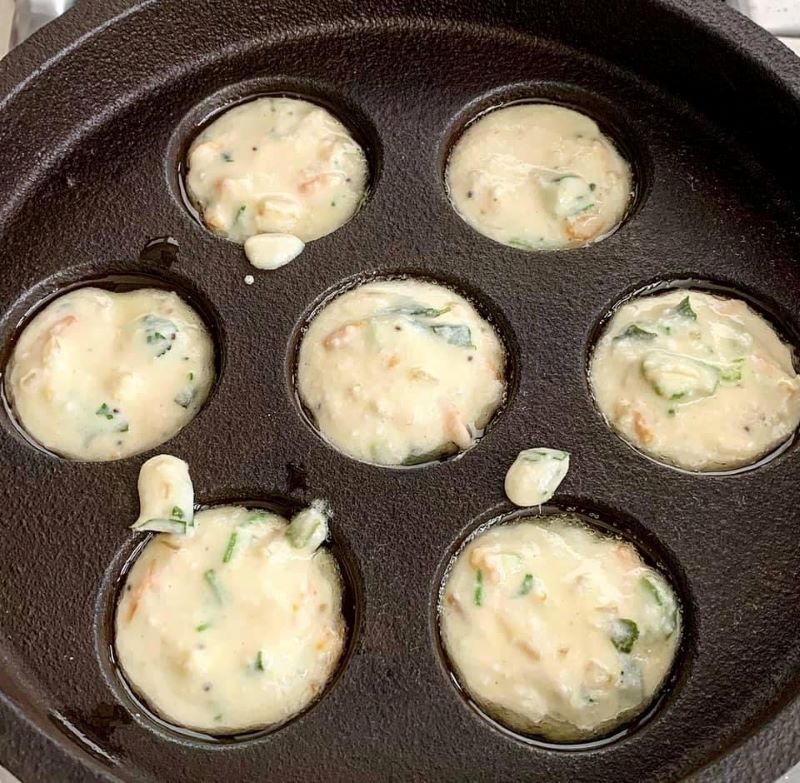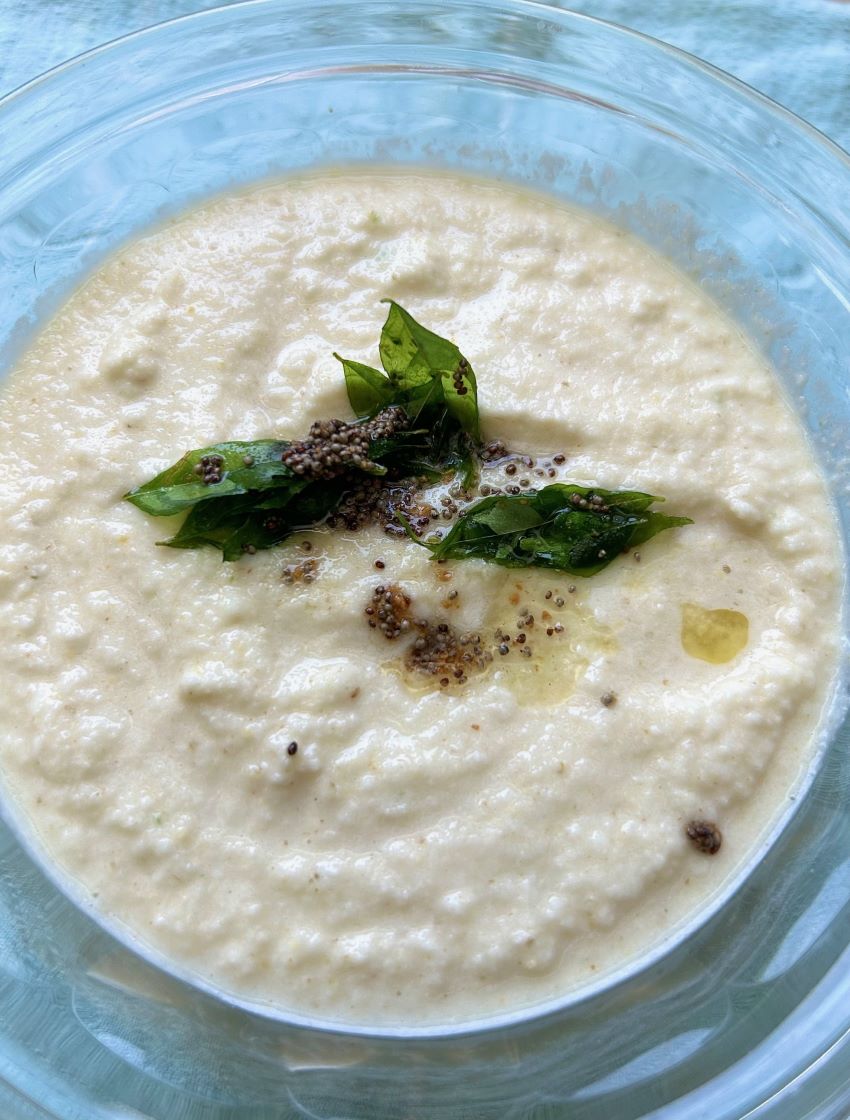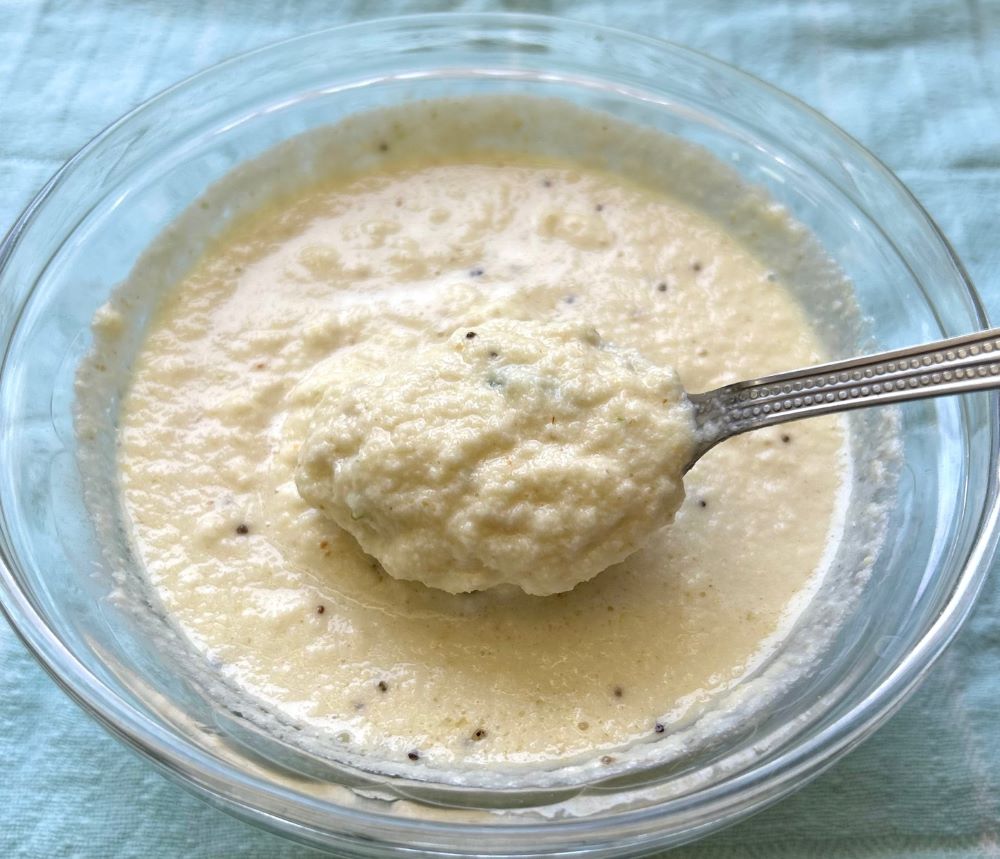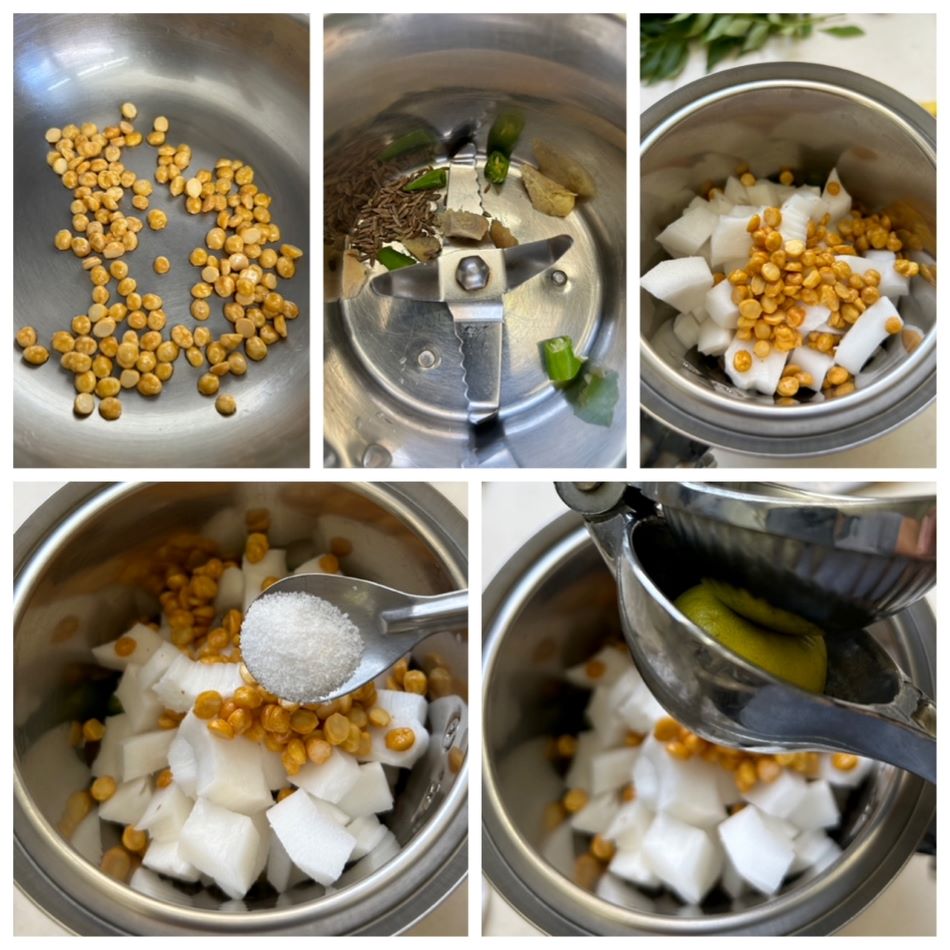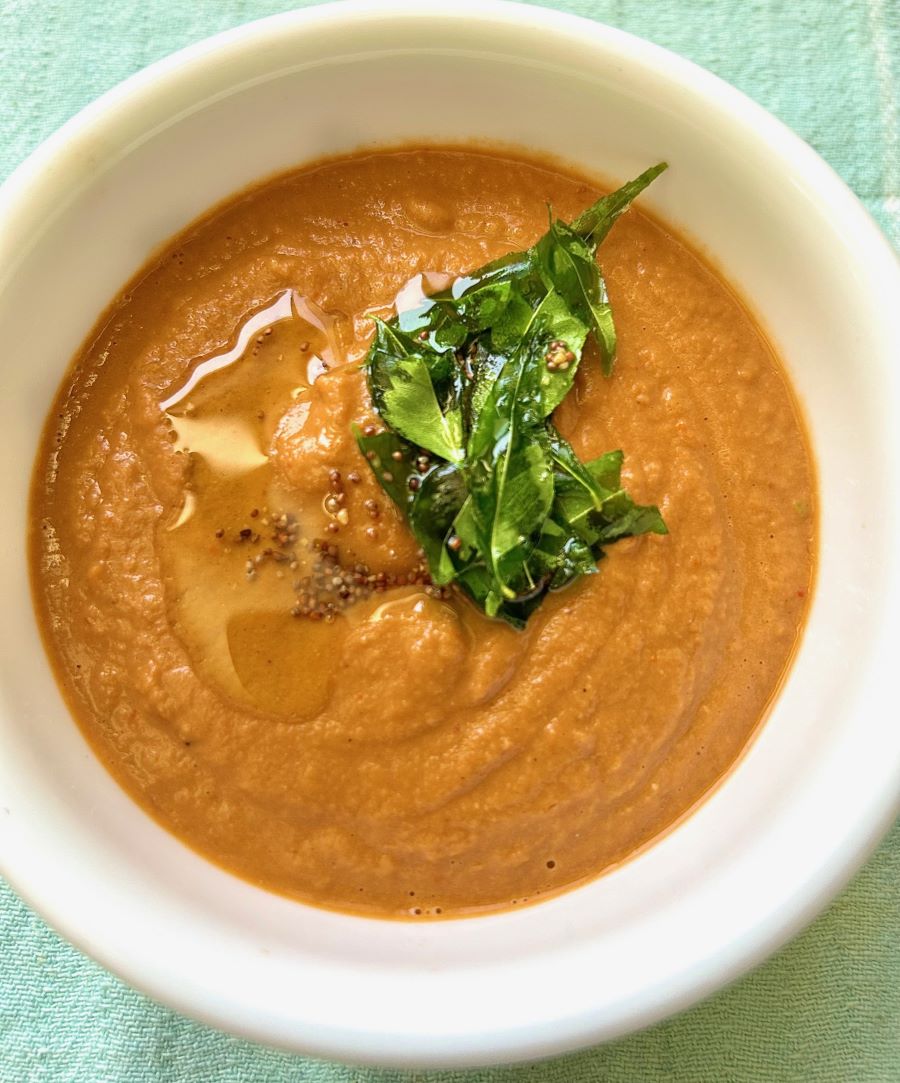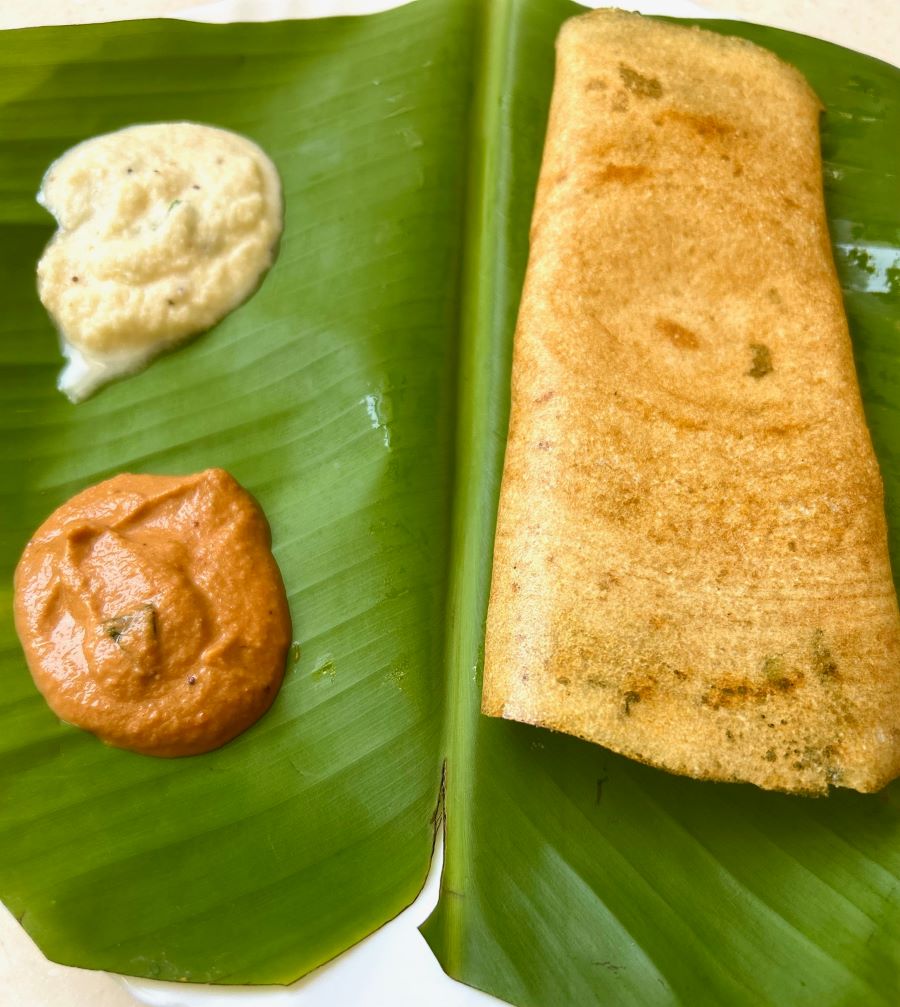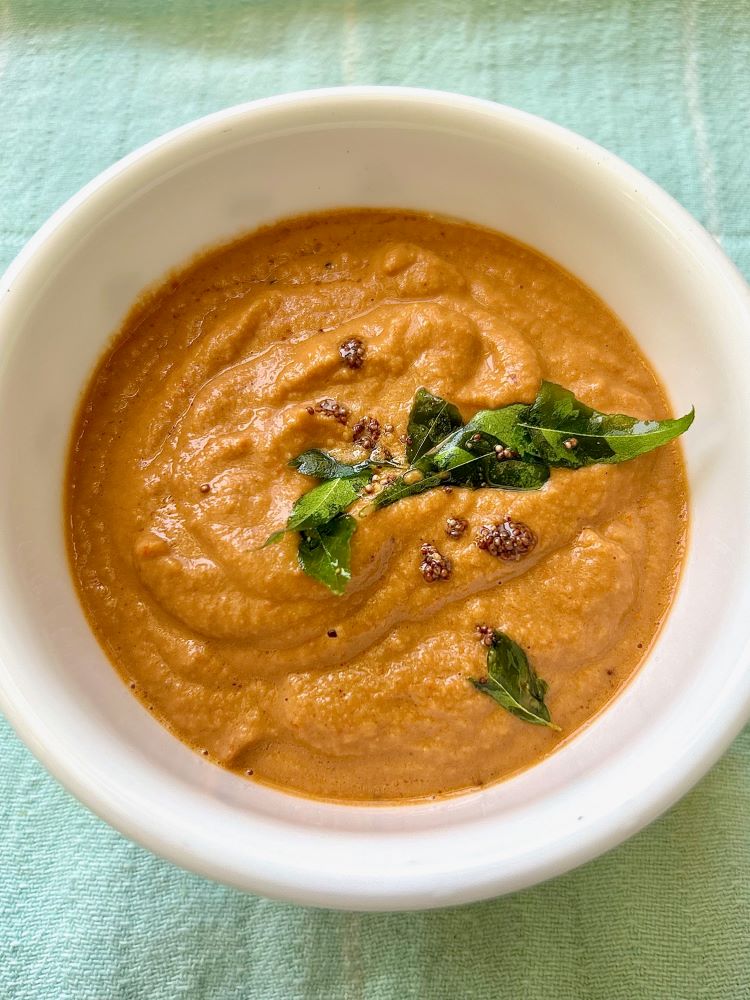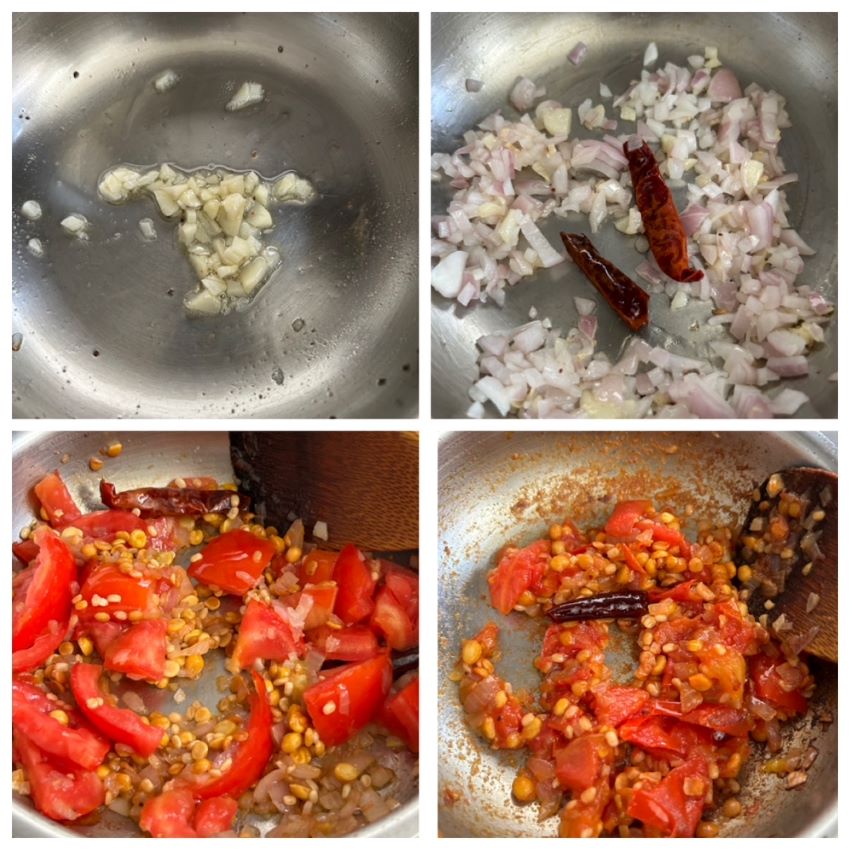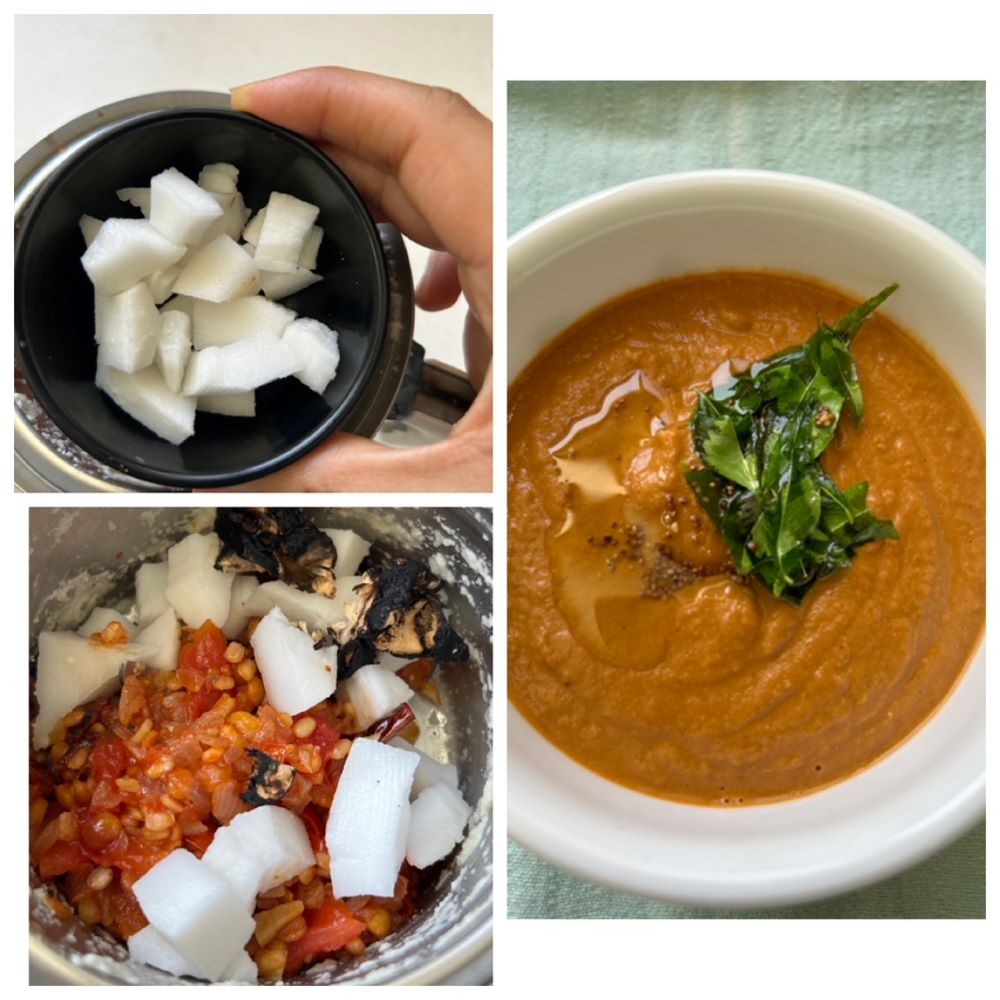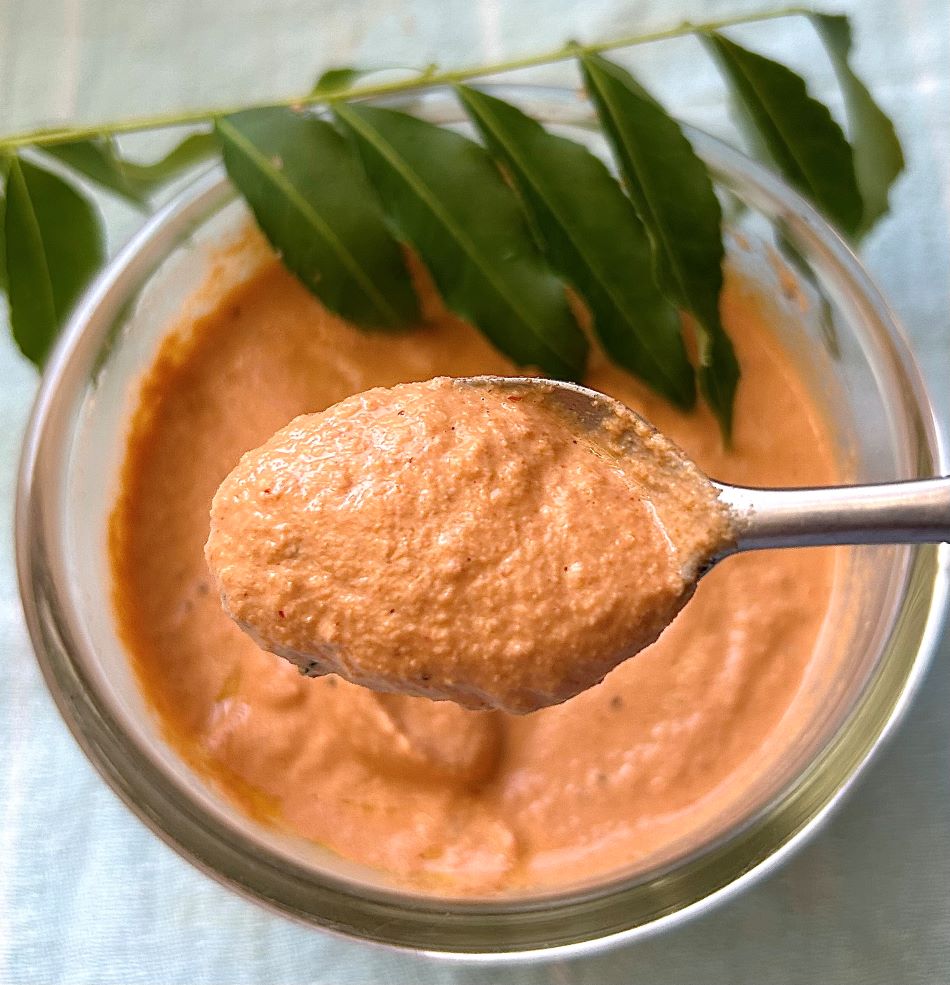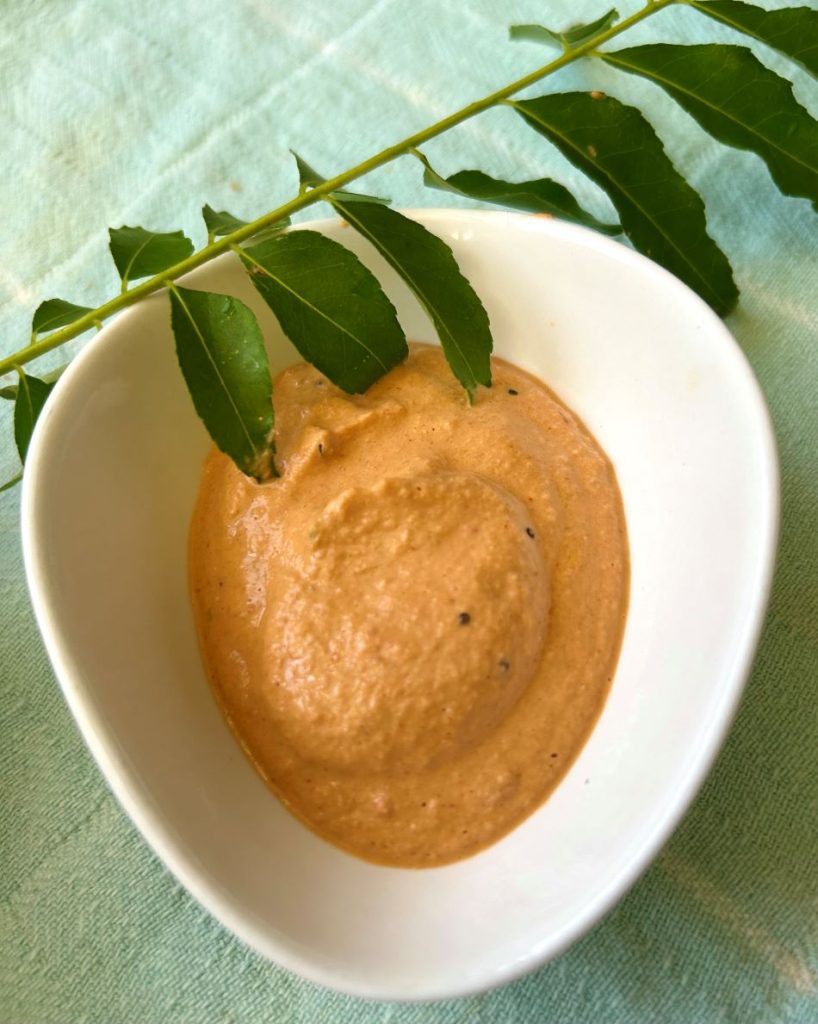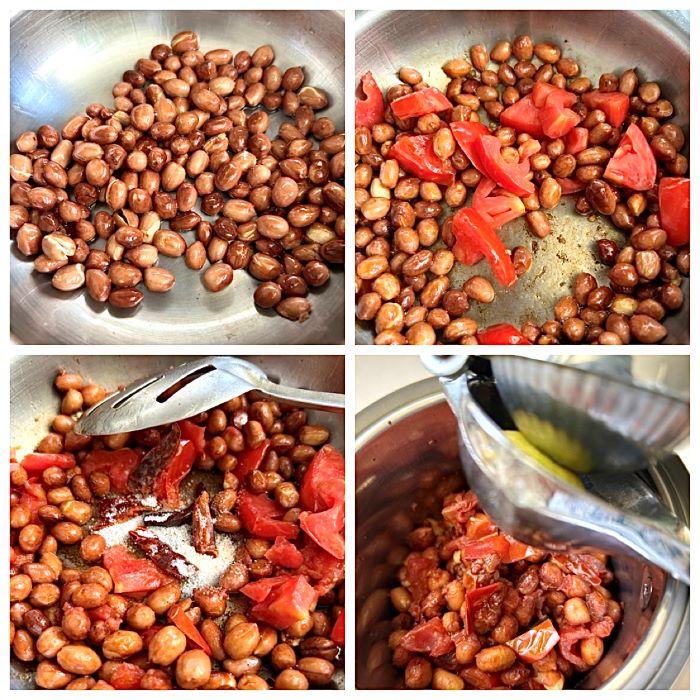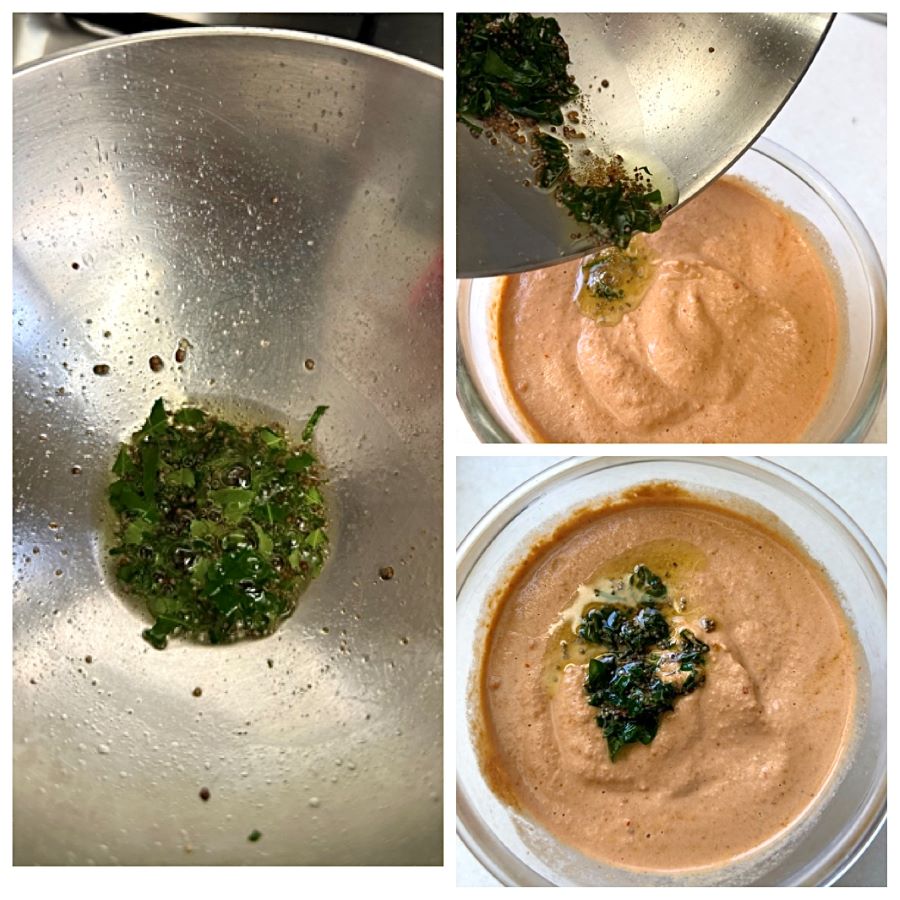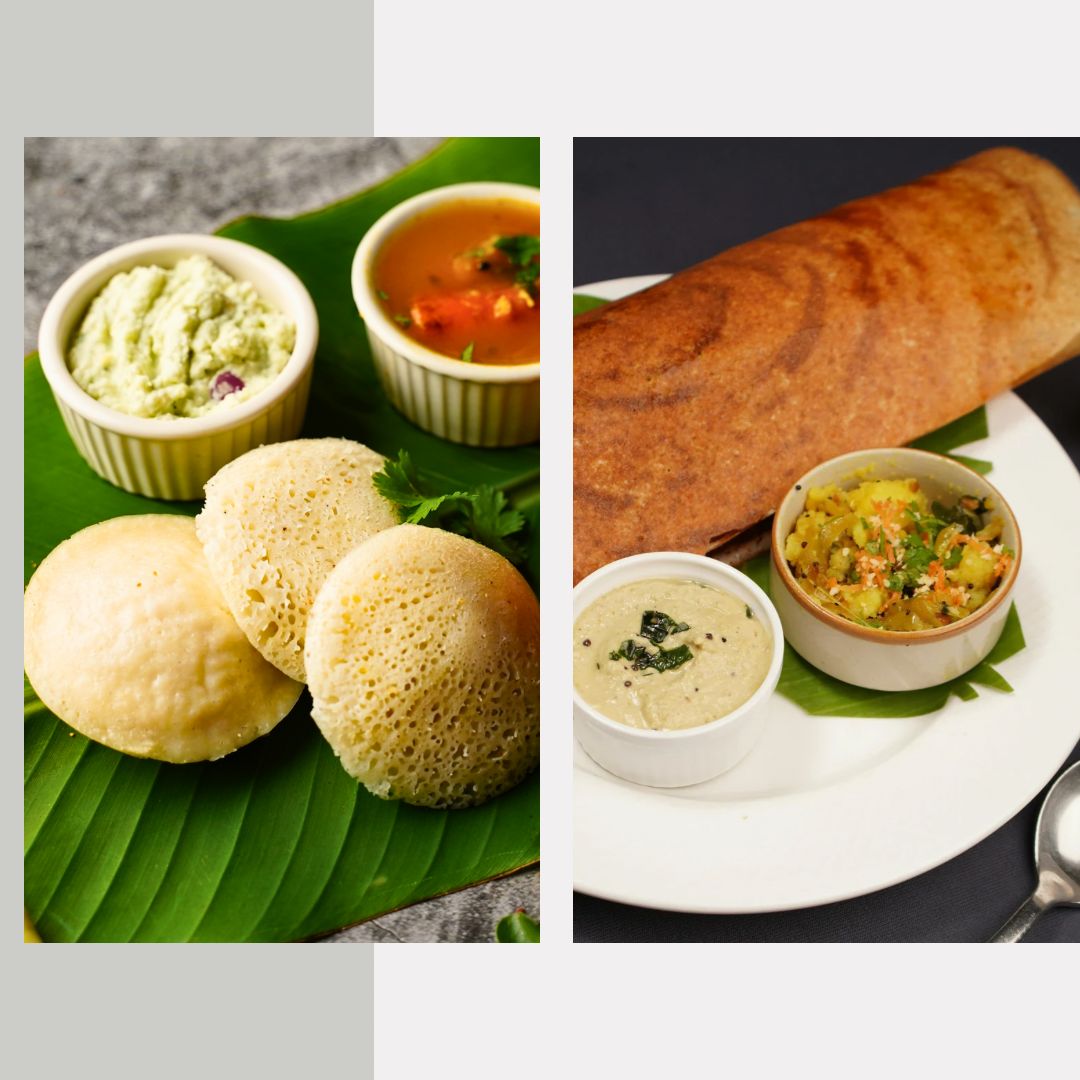
If you’ve ever craved the authentic taste of South Indian cuisine, you know that a good dosa and idly batter is the foundation of many delicious dishes. Making the perfect batter might seem daunting, but with a few simple steps and some patience, you can master the art at home. Here’s a step-by-step guide to help you prepare a versatile batter that will yield fluffy idlis and crispy dosas.
Ingredients:
- 2 cups rice
- 1 cup urad dal (split black gram)
- 1/2 teaspoon methi seeds (fenugreek seeds)
Method:
Begin by washing the rice and urad dal separately under running water until the water runs clear. This helps remove any impurities. In a large bowl, soak the rice in enough water to cover it by about 2 inches. In another bowl, soak the urad dal and methi seeds together. Let them soak overnight or for at least 5-6 hours

After soaking, drain the water from the urad dal and methi seeds. Transfer them to a wet grinder or a high-powered blender. Add a little water and grind until you get a smooth and fluffy batter. Transfer this to a large mixing bowl.
Next, drain the water from the rice and grind it to a slightly coarse paste, adding water as needed to facilitate the grinding process. The rice batter should have a bit of texture and should not be completely smooth.
Combine the rice batter with the urad dal batter in the mixing bowl. Add salt as per your taste and mix well to ensure both batters are well incorporated.
The fermentation process is crucial for achieving the right texture and taste. Cover the bowl with a lid or a clean cloth.
Place the batter in a warm spot to ferment. During warmer months, you can keep it in sunlight for 2-3 hours. Alternatively, you can place it in an oven or microwave (turned off) with the light on to create a warm environment. It typically takes about 6-8 hours for the batter to ferment fully.
You’ll know the batter is ready when it has doubled in size and has a slightly frothy, bubbly appearance. The batter should also have a pleasant, slightly sour aroma.
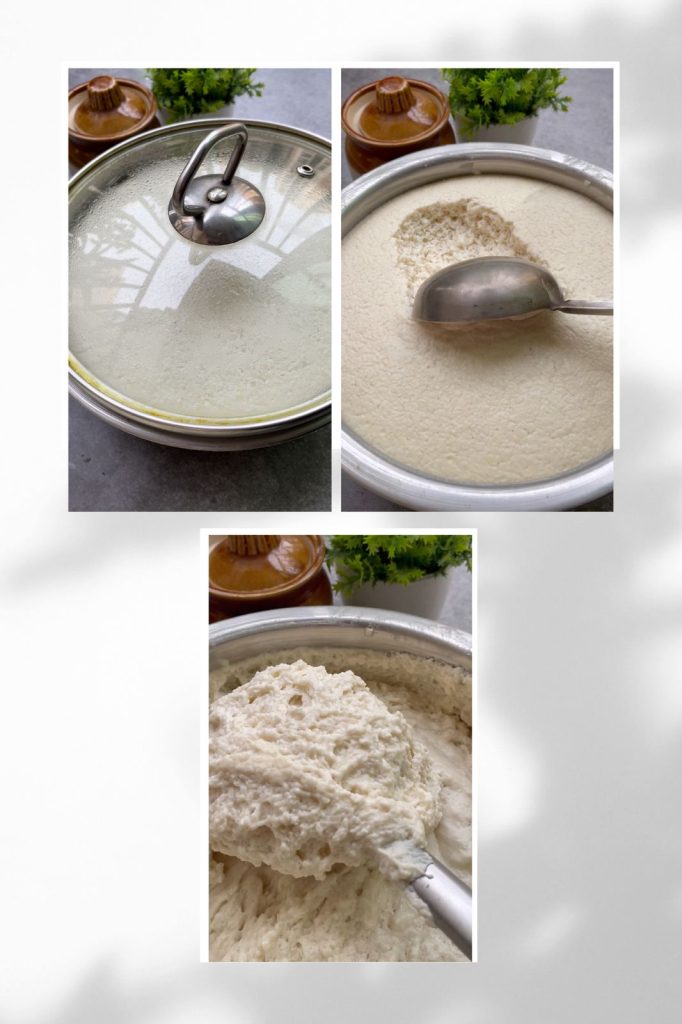
Tips for Perfect Dosas and Idlis:
For Dosas: Ensure the batter is slightly runnier. When pouring the batter on the hot tawa (griddle), spread it thinly to achieve crispiness.

For Idlis: The batter should be thick yet pourable. Grease the idli molds with a little oil, pour the batter, and steam for about 10-15 minutes or until a toothpick inserted into the idlis comes out clean. you can also explore our other recipe of idli Fermented RAGI (Finger Millet) IDLIS- Gluten Free | Gut Friendly | Breakfast Recipe.

This homemade dosa and idly batter is versatile and can be stored in the refrigerator for up to a week. Just make sure to bring it to room temperature before using it. Whether you enjoy soft, fluffy idlis or golden, crispy dosas, this batter will help you recreate the authentic flavors of South Indian cuisine right in your kitchen. Give this recipe a try and let us know how it turns out! Share your experience and any tips you might have in the comments below.
If you try this recipe, do give us a shout out. Just click a picture and tag us on @masala.monk or use the hashtag #MasalaMonkRecipe and share on Instagram and Facebook. We would love to hear from you. 🙂Happy cooking!

